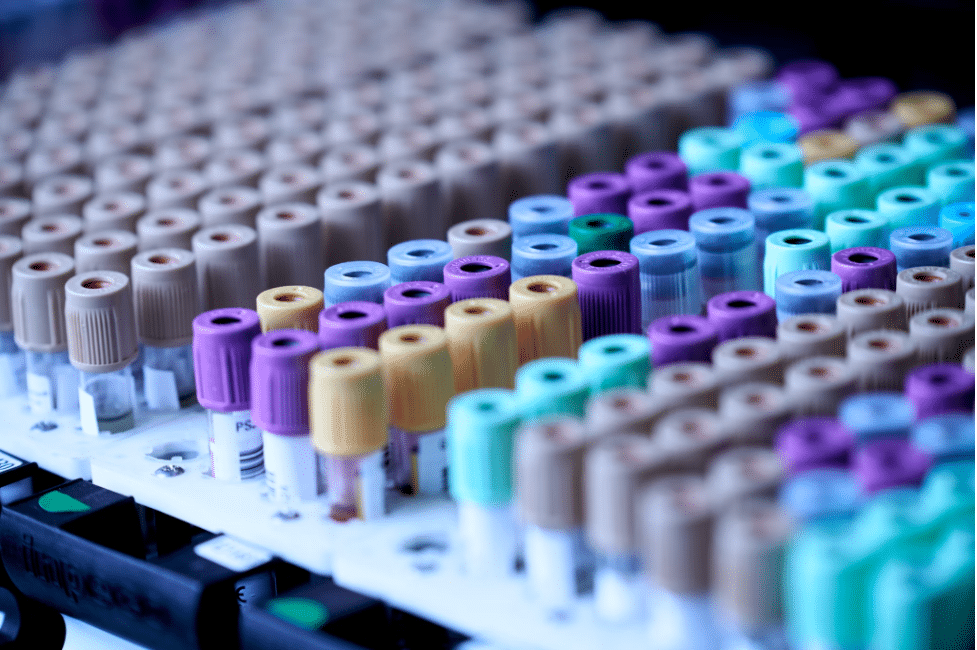Since its emergence in the 1990s, genomic data science gained massive traction in the field of science. In the continually changing world of genomic investigation, next-generation sequencing (NGS) has turned into a base technology that has transformed how we comprehend genomes. As data generation grows at an increasing rate, there is a rising need for efficient workflows. Automation is quickly becoming essential to provide higher throughput and repeatable results.
Nevertheless, this shift to automation is not smooth sailing. The difficult task of integration is highlighted, especially concerning automated NGS workflows. This article examines the intricacies of integration within automated NGS workflows and tackles significant problems while introducing fresh solutions.
Instrument Compatibility
The field of NGS is huge, full of different platforms and instruments, each with its special characteristics. It’s difficult to ensure these different platforms work well together, as it requires careful customization and thorough checking processes to confirm compatibility. For example, when working with liquid handlers, sequencers, or other tools, it’s crucial to ensure all items, devices, and instruments are well integrated.
For example, automated pipetting is a main component of NGS that helps speed up sample processing and library preparation with accuracy and uniformity. Yet, connecting data management systems smoothly to automated pipetting devices remains a difficult obstacle to overcome. To maintain correct sample tracking, quality control, and data honesty in the workflow, it’s paramount that these systems communicate well with each other.
By boosting the communication flow and data exchange between different instruments in the NGS process, researchers can increase work speed, improve productivity, and reduce time wasted. Making these different parts work together not only makes the process of workflow easier but also helps in creating a united environment where data collection and analysis blend smoothly. This is what advances genomic research and more.
Data Management Integration
Data management serves as the central hub of every NGS workflow, driving efficiency and precision in genetic analysis. Without seamless integration between data management and automated pipetting systems, discrepancies and errors can compromise the reliability of downstream analysis.
Therefore, fostering cohesive collaboration between these components is essential for optimizing workflow effectiveness and ensuring the validity of research outcomes. By establishing smooth teamwork between data management and automated pipetting systems, researchers can enhance workflow efficiency and uphold the integrity of their findings.
Workflow Standardization
In the goal of making results repeatable and comparable, setting standards is crucial. The most important thing is finding a good mix between flexibility and uniformity. This means accommodating different needs for experiments while sticking with set procedures.
When we talk about automation, it is not only related to sample preparation but also includes data analysis. Harmonizing the automated processes from start to end is vital for maintaining uniformity in experiments and labs. Standardization of workflows does not just improve efficiency but also makes the cooperation and sharing of data among everyone involved easier.
By setting up standard methods for automated NGS workflows, scientists can make their work more efficient, transforming the process into a simpler, faster one. This helps to reduce differences between results, increasing speed in discovering new findings from genomic research and other fields, as well.
Regulatory Compliance
In genomic research, following regulations is very important. It forms the base for correct behavior and scientific honesty. NGS workflows are known to have complex instruments and handle large amounts of data; they need to follow regulatory rules strictly. The examination includes systems other than just the instruments, requiring careful validation and detailed documentation.
It is very important to include regulatory compliance in workflows. This incorporates setting up strong validation steps, keeping detailed records of audits, and having complete documentation. Following industry regulations makes sure that the research results are correct and clear, promoting understanding and responsibility in scientific efforts. When researchers follow regulatory standards firmly, they deal with the complicated parts of compliance without fear. This strengthens trust and reliability within the genomic research field.

Conclusion
In NGS workflows, integration is the point where automation and efficiency meet. There are many difficulties, yet creative solutions emerge that help move genomic research forward. If researchers, lab workers, and other professionals involved in NGS processes concentrate on dealing with data handling, making instruments compatible, controlling quality aspects, standardizing workflow, and following regulations, they can overcome integration obstacles and fully use automated NGS workflows for their studies.
With the progress of technology and the increase in collaborative efforts, the scope of genomic discovery broadens, holding potential for revolutionary advancements in healthcare, agriculture, and more. In this pursuit of uninterrupted integration, collaboration, innovation, and persistence will lead the way.
